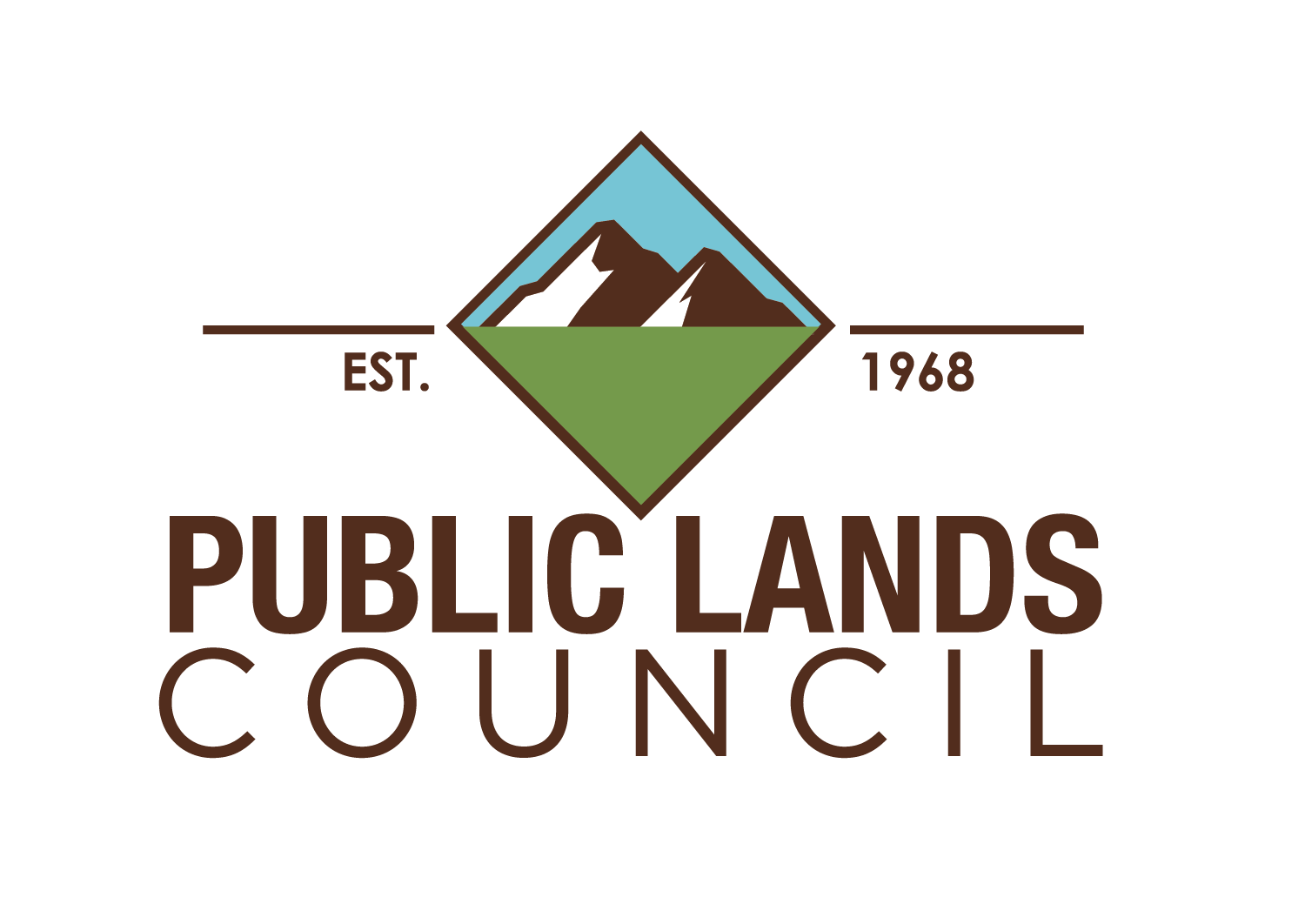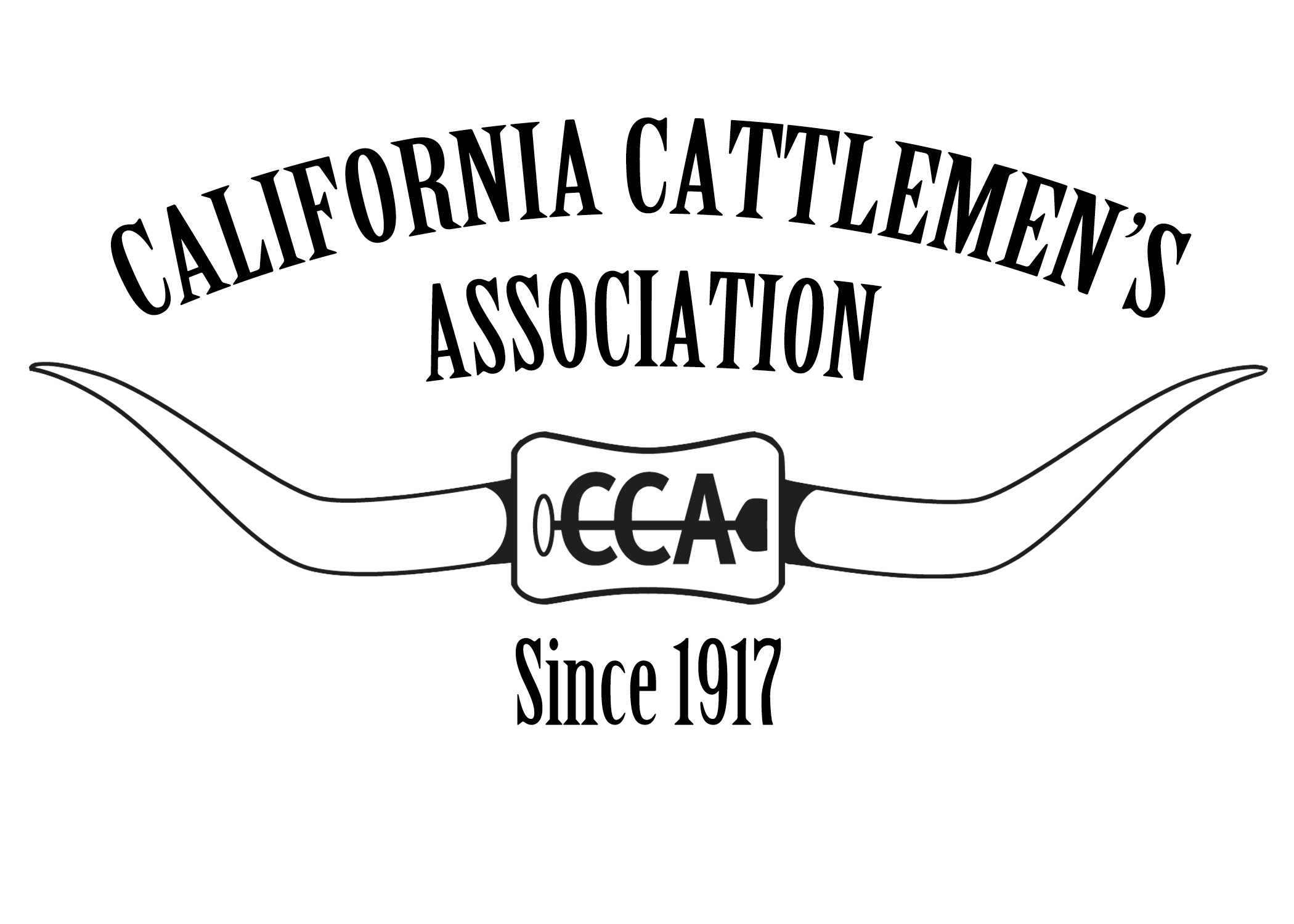PRF FAQ
The PRF policy is an area-based insurance plan that covers perennial pasture, rangeland, or forage used to feed livestock. It provides producers a risk management tool to cover the precipitation needed to produce forage for their operation.
Area-based means payments are not based on an individual rancher’s experience; rather, payments are based on a grid’s deviation from normal experience. For example, under the Rainfall Index, if your ranch received a surplus of rain, but the area in your grid was below average, you could receive a payment or vice versa.
NOAA CPC is the National Oceanic and Atmospheric Administration Climate Prediction Center, which is the data set used in the PRF Program.
Producers must choose at least two, 2-month periods when precipitation is important for forage growth for their operation. These periods are called index intervals. RMA uses NOAA CPC data to calculate normal precipitation and deviations from normal precipitation. RMA uses NOAA precipitation data based on the Optimal Interpolation methodology. Interpolation is based on the idea that things closer together in space are generally more similar than those farther apart and it estimates precipitation for a grid using reporting stations within a search radius around the grid.
The Rainfall Index uses NOAA CPC Daily Precipitation Data that interpolates precipitation to the grid. RMA compares the compiled data for each 2-month interval with the historical precipitation data for the same period that is normally expected in the grid.
A grid is the physical area under which your operation is insured. You are paid based on the losses interpolated to the grid for the Rainfall Index, which is why it is important that you choose the right grid(s) in which your operation is located. Each grid covers an equal area to .25 degree in latitude by .25 degree in longitude. The grids do not follow state, county or other geopolitical boundaries.
Yes, which index intervals you insure and how much you insure for each interval is important. It is important to review the historical indices tools for your grid along with past production records to determine if these programs work for your operation and to assess which index intervals correlate well to your production. For example, a rancher has an operation in Virginia and has cool season grasses. July and August are normally extremely dry months when the vegetation normally becomes dormant (turns brown). Since July and August are normally dry, this may not be a good period to insure. This Virginia rancher may be better served by insuring months earlier in the spring that are important for cool season forage growth and months in the fall that would establish his cool season grasses for fall grazing.
When the interpolated precipitation falls below average for the index interval, it triggers a loss payment to all ranchers who have signed up for the program in the grid that are covered under this interval. Producers do not need to submit a loss claim or notify their agents. RMA calculated any loss and your insurance company processes any indemnity due. Losses are calculated based on whether the current year’s precipitation in a grid has deviated from normal compared to the historical normal precipitation in the same grid, for the same period. Losses are not based on a single ranch or a specific weather station in a general area.
No, PRF is not “drought insurance” and does not insure against abnormally “high temperatures” or “windy conditions.” While a drought may cause a decline in the index value to the point that an indemnity payment is issued to eligible insured producers, a drought being declared in a state, county or area does not, by itself, trigger an indemnity payment under the PRF.
RMA does not utilize the drought monitor because the drought monitor utilizes multiple measures to determine if an area is in a drought and the severity of the drought an area is experiencing. The PRF program is a single peril program, the lack of precipitation is the only insurable cause of loss covered under this program.
The Rainfall Index uses NOAA CPC Daily Precipitation Data that interpolates precipitation to the grid. RMA compares the compiled data for each 2-month interval with the historical precipitation data for the same period that is normally expected in the grid.
Yes, the intent of the PRF policy is that you own or have an insurable interest in the livestock. In addition, the person with the insurable interest when the crop is grazed is based on the livestock and not the land. If requested, you will be required to provide records that show you have grazed livestock and that you have an insurable interest in the livestock. The type of records to support your interest in livestock inventory include, but are not limit to any one of the following:
- Livestock inventories from within the state;
- Sales documents of offspring (can be used to verify on farm livestock inventory);
- Documentation confirming you have purchased/owned/bred/raised livestock in the state;
- Documentation of livestock taken in on the gain or for a few;
- Document that confirms you hauled livestock (in which you have an interest) into a state to graze: or
- if natural causes require you to destock your livestock, records demonstrating disposition are acceptable.
These records must be maintained for a period of three years after the crop year.
All content comes from the RMA Website @ Pasture, Rangeland, Forage | RMA (usda.gov)





